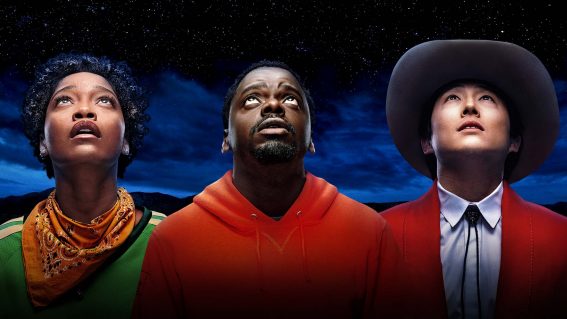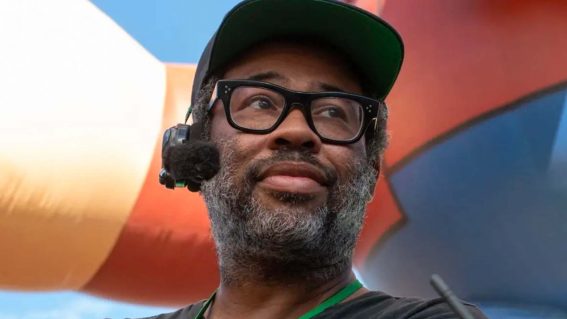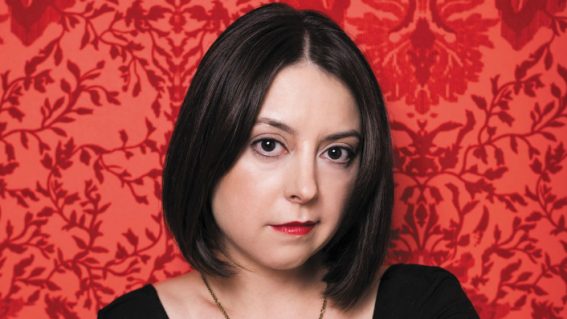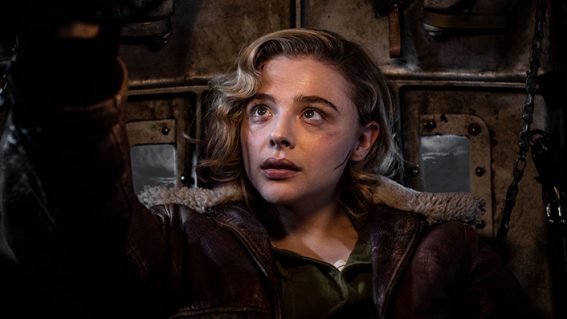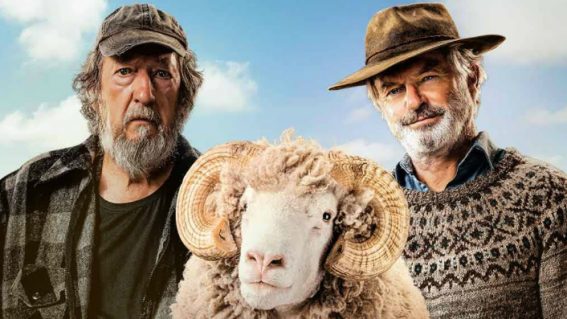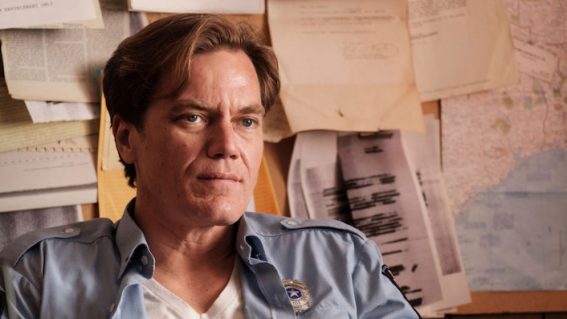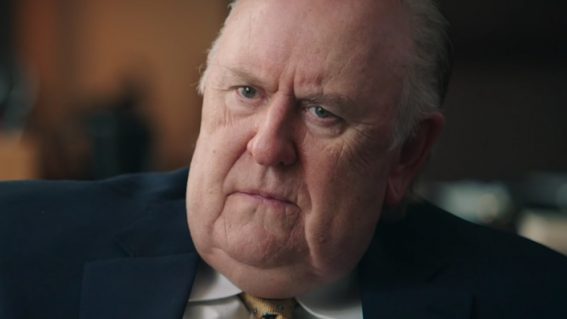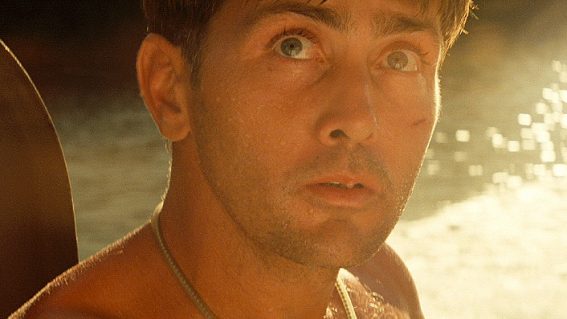Director David Lowery on Robert Redford’s last role, The Old Man & The Gun
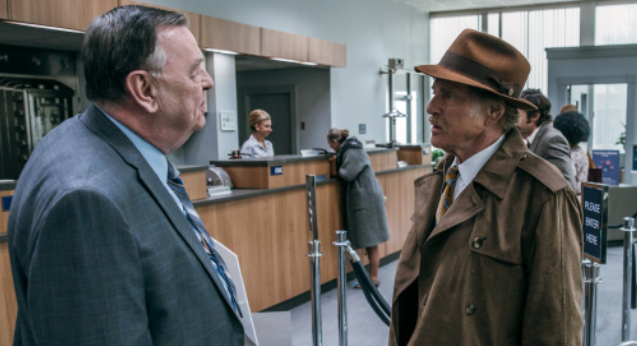
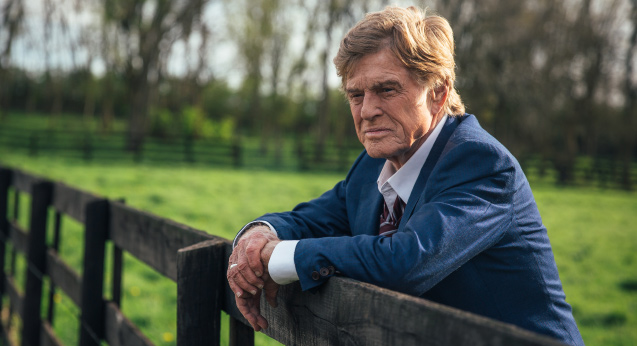
Director David Lowery’s latest film is a true story crime pic starring Robert Redford as a charming, recidivist bank robber, opposite fellow screen legend Sissy Spacek. Having previously shot Pete’s Dragon in New Zealand, Lowery returned recently to deliver a keynote speech and participate in other sessions at the recent Big Screen Symposium, an event for Aotearoa filmmakers.
FLICKS: I guess it’s a little bit like being back on home turf for you coming down here.
DAVID LOWERY: It is. It feels really nice to be back. I feel like in the year or so that I was here, I really dug my feet into the ground and established a sense of belonging here, whether I was welcome to or not. I really love New Zealand. So when I had the opportunity to come and speak at this conference, despite the fact that I wanted to do that, the idea of getting to do that here in New Zealand was the real draw. Getting to just hop on that plane and get back down here just for a few days at least.
Your foothold in the filmmaking world’s become a lot stronger and more stable since you were last here, as well. Pete’s Dragon was possibly an unexpected director’s step for you. And since then there’s been a couple more probably unexpected steps.
I keep taking left turns unintentionally. But yeah, I would certainly say that I have established myself in a way that I hadn’t when I was here with Pete’s Dragon. I definitely can get movies made more easily now than I could back then and that’s a real luxury. And who knows how long that’ll last? I’m knocking on the wood here. But I feel like I know what I’m doing to a greater extent. I still don’t know exactly what I’m doing but I have a slightly stronger grasp on my craft and that’s great. And I hope that the industry appreciates what I have to offer and they keep green-lighting my movies. So as long as they keep doing that, I feel like I’m doing something right.
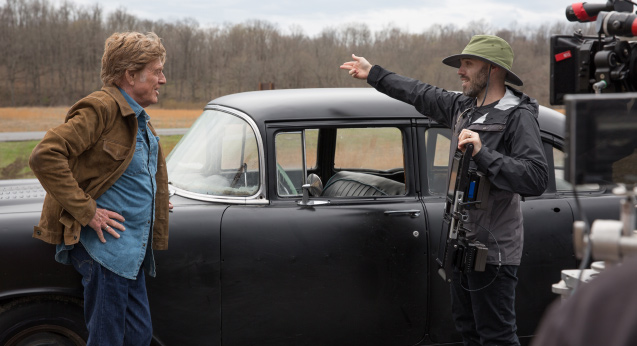
That filmography, is it a sequential process for you or is it a matter of never knowing which things are going to go next?
There’s a little bit of that. There’s a little bit of having multiple irons in the fire so that if something falls apart you have something else to pivot to. But I don’t really like thinking that way. And thus far, nothing has ever fallen apart. Again knock on wood. But I’ve been lucky enough where I’ve had these movies that I’ve worked on, or that I’ve been developing, that have all come to pass—they’ve all come to fruition.
I started working on The Old Man & the Gun and Pete’s Dragon the same day back in 2013. And now they’re finally both done. I saw them both through to the end and I made another movie in there as well. But there was never any calculation. There was never any thought like, “I’m going to do a Disney movie and then I’m going to do an indie movie then go back and do another studio movie.” When I made Pete’s Dragon, A Ghost Story wasn’t even a glimmer on the horizon. That just presented itself as a movie that needed to be made. And then I got back to making The Old Man & the Gun which was supposed to happen before Pete’s Dragon originally. So the sequential aspect of it is very hard to nail down.
I feel like The Old Man & the Gun is a movie that represents a type of filmmaker that I was maybe a year or two ago and it just now happens to be coming out. Whereas A Ghost Story represents sort of where I want to head in the future and that one preceded The Old Man & the Gun. So things, even in my perspective, are still a little bit out of order.
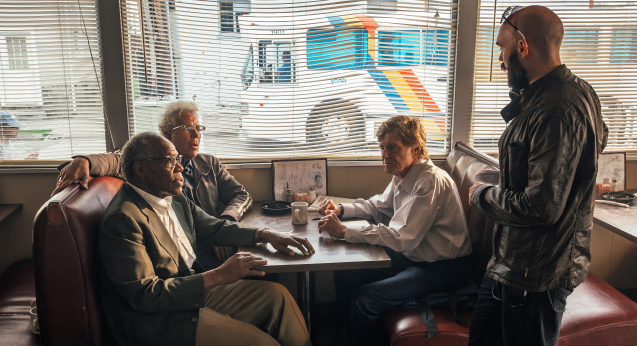
What was the earliest way you framed The Old Man & the Gun as an idea?
The earliest framing, for me, was to make a quintessential Robert Redford movie. And over the years that I worked on the script—over the many, many drafts—that was always my north star. To think I’m getting a chance to cast Robert Redford in a role that he was born to play and I better not screw that up [laughs]. On so many detours in the course of writing the script, I tried out so many different ways of telling the true story of Forest Tucker but ultimately what I always came back to was the idea that this needed to be a Robert Redford movie more than a Forest Tucker movie and to lean into that. And as long as I kept that in mind, I always felt like I was kind of on the right track.
You set a really specific tone early on in this film with the opening title card, choice of score, even the choice of font—all of these things coming together. What is that combination of elements trying to prepare the audience for, how does it introduce them to the world of your film?
Well, I certainly wanted them to know that this was a movie that they could have fun with. And there is some aspect of that to the music. There’s an aspect of that to the font which is a very playful font. And the film itself in the first 10 minutes is very light-hearted and enjoyable, hopefully. And it’s a movie that’s easy to watch, easy to sit back and enjoy and chuckle at.
I wanted to establish that tone from the very beginning but I also wanted to mess with it a little bit by making it feel like it was something that was made a long time ago. And I didn’t want this to be a poetic, nostalgic film. It’s a very nostalgic movie but I didn’t want to make it a pretty sort of nostalgia. That sort of sepia-toned, late afternoon, golden-hour type of nostalgia that I’ve indulged in in the past.
I wanted this to be a very stripped down, sort of unsentimental version of nostalgia that felt more like an independent film from the 80s as opposed to a classic bit of New Hollywood filmmaking from the 70s. And so that was the aesthetic that I was going after and I wanted to make that was front and center from the very beginning of the movie. Whether it’s a really crazy hand-held zoom or these tight close-ups of Redford’s eyes that are shaky in a certain type of way. Or the scene on the highway with him and Sissy where they first meet, and it’s the middle of the day and there’s traffic going by and smoke in the air and the sun is just beating down on them in a very unphotogenic way. I really wanted to establish that quality of the film from the get-go, along with just the tone which is very fun, light-hearted, and enjoyable… hopefully. But that aesthetic, I needed that to be there as well.
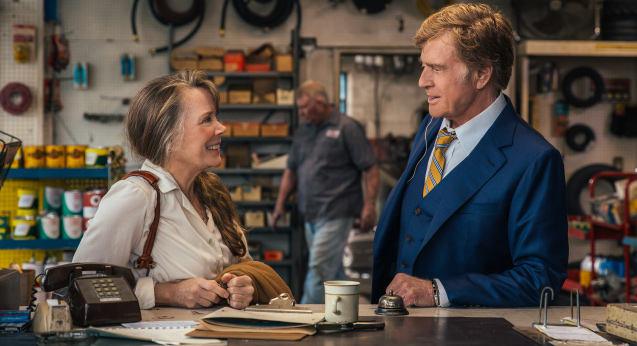
Early on in the film when Robert and Sissy are in the diner together, not to detract from your authorship but it almost feels like the aesthetic falls away in that sequence because the way they’re shot and cut, it’s like they’re doing all the work of the cuts. The way they banter back and forth across the table feels like it’s something really powerfully driven by the actors in that scene. I mean is that taking you out of the picture too much?
That’s what I wanted. I just did this lecture where I went through every draft of the script and examined all the various opening scenes that it took for me to get to that one. And that one came about because I really realised I’ve got two great actors. I want to see them act together. Why do I need to move on with the plot? Let’s just stop the movie from the get-go just to enjoy being in a space with them and letting them go toe-to-toe against each other and build that rapport.
So certainly there’s a lot of filmmaking in there. We cut the heck out of that scene. It’s very carefully planned. All the shots are there for a reason. But I don’t want the people to be thinking about the filmmaking, I want them to be thinking about these actors and enjoying the fact that they’re acting opposite one another and having such a great time doing it. So I’m happy to take a step back and I don’t want to talk about all the things we did to make it work as well as it did because ultimately, the credit should go to them. They took the script and performed it beautifully and it’s Robert Redford and Sissy Spacek sitting in a diner talking. I could’ve watched that for the entire film.
It’s like a rally in an acting tennis match.
Totally.

Heists are a staple of cinema. It’s kind of an adjunct to really what the core of this film’s about, but still, it’s a necessity. What do you need to do to keep that stuff fresh in a film, to not do the things we’ve seen before or recreate them in a way that brings something new?
I spent a lot of time thinking about that because in various parts of the screenplay there was a lot more heists in the movie and at a certain point I thought, “I could come up with some new heist that we’ve never seen before,” but really they’ve been done really well. They’ve been done so well. And what if my version is to just skip past them all together and have a heist film that is not really concerned with the heists? That just felt appropriate to me.
When I made Ain’t Them Bodies Saints, we never see the crime that the characters commit and that worked out pretty well. So, I figured with this one, if I just remove the heist entirely, that gives me 20 to 30 minutes of screen time that I can use to focus on something else instead. And so that’s what I did. I mean obviously we have one big bank robbery in the movie and again that was just letting the actors act. It was a chance to let the actors act in the context of a heist. But the rest of the film, we just skipped past them. And that was my fresh approach—my bold new approach for the heist film was just never show the heists.
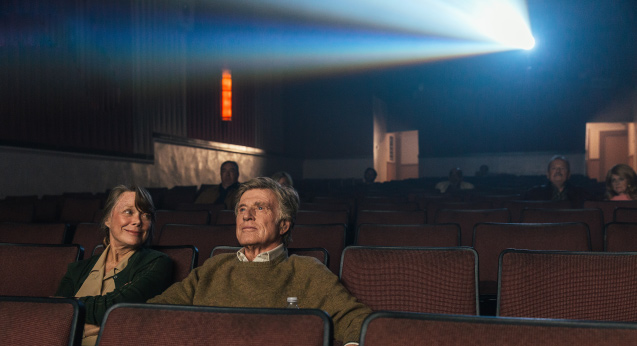
How do you balance the charm of Redford being so enjoyable to in a film with the actual impact that he has on the people in his life in the story?
It was a tricky balance for me because it’s just so easy to love Robert Redford. I knew at a certain point it was going to be impossible for us not to just embrace him. He could have been a much more nefarious character and yet we would still love him because he’s just so likable. I don’t know if he’s ever played a true villain. In Downhill Racer, early in his career, he plays a misogynistic asshole and yet you still really like him. You still root for it. And so I knew we’d never be able to combat that.
We’d never were going to be able to get away from the fact that at the end of the day this is a movie that celebrates this character. But I wanted to make sure we left the rough edges he really had in real life and that his character would’ve naturally had. I wanted to leave those intact. And so it was important to have, for example, the scene with Elisabeth Moss in the film because she’s someone who’s not charmed by him. And for that brief moment, we get to see someone who has been harmed and hurt. And in that moment, hopefully, you take into consideration the fact that he’s been lying to Sissy Spacek from day one. From the very first scene, he’s been lying to her face and we never call him on it.
We never punish the character for that but it’s just important to acknowledge it. And I think had we called him on it, the movie wouldn’t have worked as well because again, it’s Robert Redford, you’re still going to love him. But it’s important just to leave those rough edges and to acknowledge them.
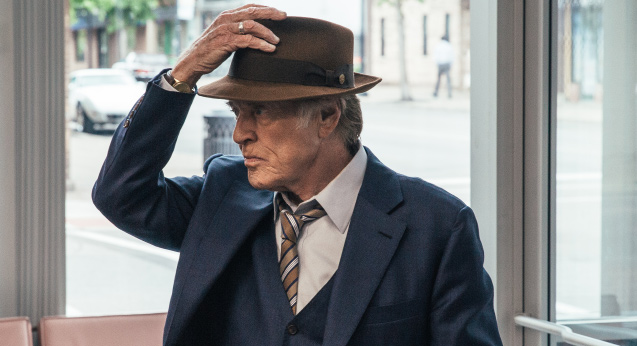
The spectre of “Redford’s last movie” hangs over this. So much about this is celebrating him as you say, but how long have you known that was going to be the case? And what shadow does that cast over the film’s release for you?
I’ve known what’s been on his mind since before he started shooting it. He talked about it a bit before we began production. And I didn’t let it influence the film-making process at all. But earlier this summer we got together at the Sundance Lounge in Utah and were just talking and he mentioned it again that he was planning to retire and that he was serious about it and he’s sticking to that.
I don’t know if he’ll continue to stick to it. Maybe he’ll get a script that he just can’t say no to. But I also know that he is at a point in his life where he doesn’t want to sit on set all day waiting for a crew to set up the lights. And so I had to think about that and it does colour the movie for me now. It didn’t colour while we were shooting it but now I can’t help but think about it. And I haven’t completely processed it yet.
I don’t know when I will but I certainly am grateful that he likes this movie enough to feel like he can hang up his hat proudly with it. And that means a lot to me.
I presume that a lot of your time is probably being spent on questions around this stuff.
It’s the same with him. I think he didn’t realise that the second he announced that he was going to retire that’s all anyone would ask him about and I was like, “How could you not know that? Come on. You’re Robert Redford. You have to be aware that if you announce your retirement, everyone’s going to flip out.”


